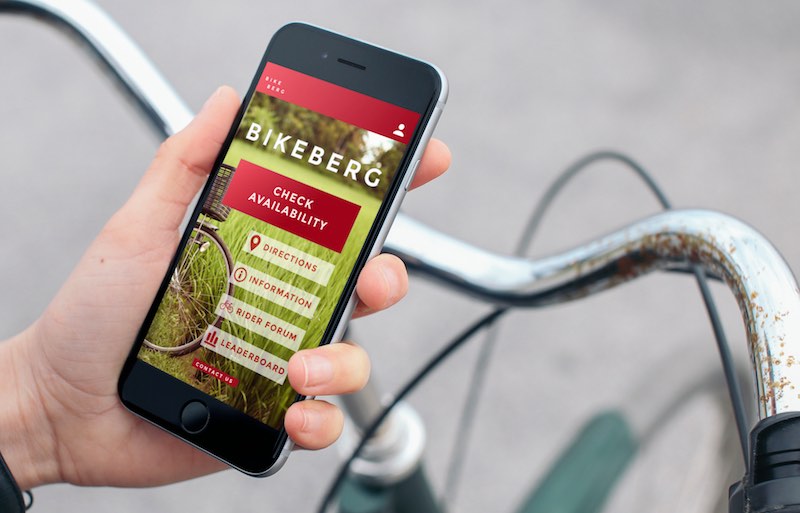Opportunity
Physio-Control, Inc. makes lifesaving medical devices: simple defibrillators for use by the public (AEDs) and advanced defibrillator / monitors for use by first responders, nurses, and doctors. In my three years at Physio-Control, I focused on two key areas of design within the company: designing an internal tool for engineers (a drawing library) and designing accessories (batteries, bags, electrodes) for our flagship advanced-use defibrillator.
Process
Throughout my time at the company, I took as many opportunities to study Emergency Medicine users as possible. I rode in ambulances with EMTs and paramedics, shadowed doctors in ERs, and participated in usability testing and rescusitation simulations. All of this informed my understanding of the pressure our users faced in their use of our equipment. While working on defibrillator accessories, I gathered input from various teams to create product requirements that engineers, marketing, human factors, and project management could all agree on.
Outcome
The engineering library I designed is still in use and keeping mistakes to a minimum. The accessories I defined are still in product development, but when released they will be a significant improvement over their predecessors.











